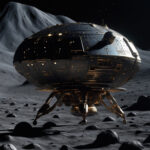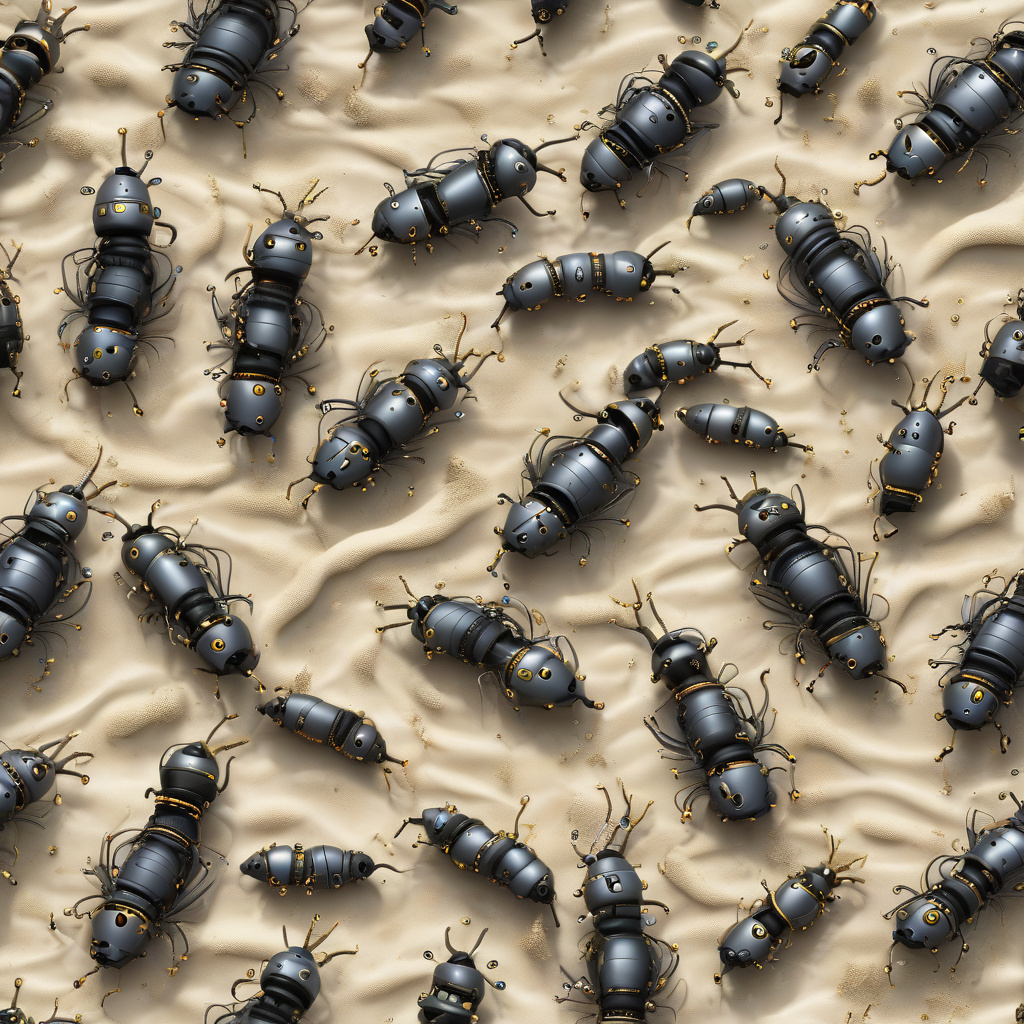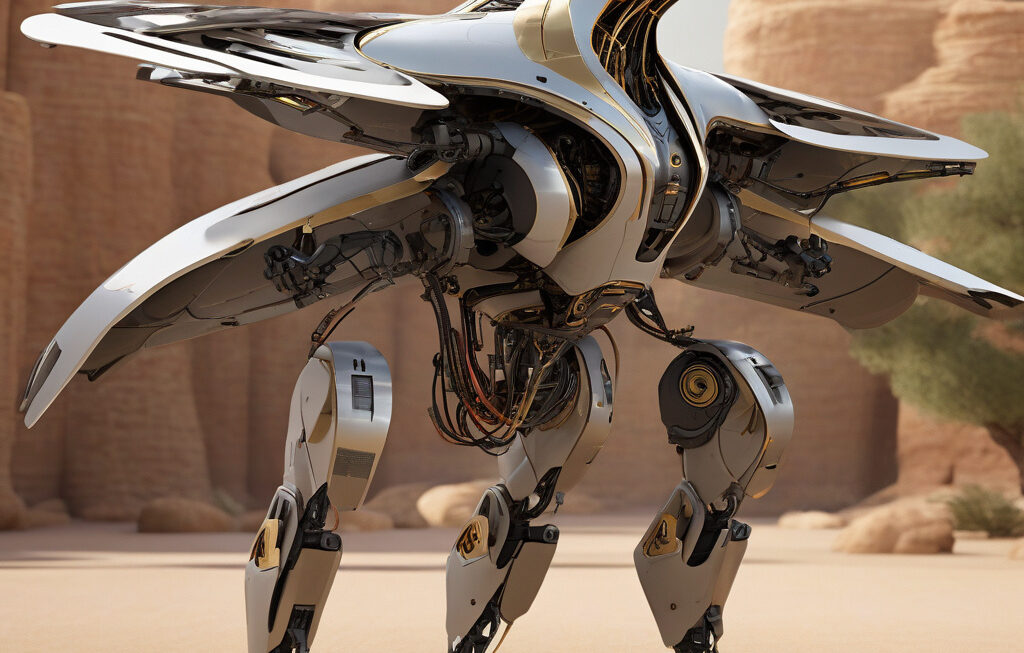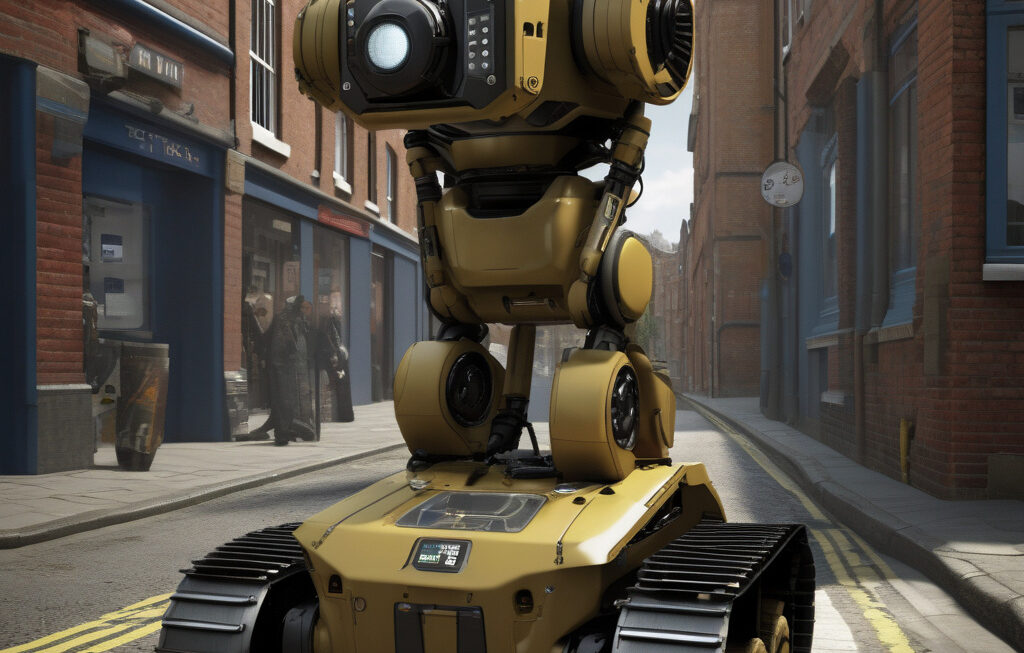Harvard’s Wriggling Robot Swarm Mimics Blackworms for Seamless Land and Water Movement
Harvard researchers have turned the nightmarish behavior of California blackworms into the foundation for a groundbreaking innovation in robotics. By studying the intricate movements of these tiny creatures, scientists have developed a swarm of soft robots that can navigate various terrains with remarkable agility and coordination. This innovative approach to robotics has the potential to revolutionize fields such as search and rescue operations, environmental monitoring, and infrastructure maintenance.
The California blackworm, known for its sinuous and undulating motion, inspired researchers to create a swarm of soft robots that can move as one cohesive unit. These soft robots, equipped with artificial intelligence and advanced sensors, can mimic the collective behavior of blackworms to navigate complex environments both on land and in water. By harnessing the principles of swarm intelligence, these robots can adapt to unpredictable conditions and move in a coordinated manner without centralized control.
One of the key advantages of this wriggling robot swarm is its ability to squeeze through tight spaces and traverse challenging terrain with ease. This flexibility and maneuverability make these robots well-suited for tasks that traditional rigid robots would struggle to accomplish. Whether navigating rubble in search and rescue missions or inspecting underwater infrastructure for damage, these soft robots can access hard-to-reach areas with precision and efficiency.
Moreover, the seamless transition between land and water further enhances the versatility of these robots. By emulating the locomotion of blackworms, which can move effortlessly between different environments, the wriggling robot swarm demonstrates exceptional adaptability. This capability opens up new possibilities for applications in marine exploration, disaster response, and environmental monitoring, where seamless movement between land and water is essential.
In addition to their physical capabilities, these soft robots are also equipped with advanced sensors and communication technologies that enable them to gather and share valuable data in real time. This feature is particularly valuable in scenarios where rapid decision-making is crucial, such as emergency response situations or environmental monitoring tasks. By leveraging the collective intelligence of the robot swarm, researchers can analyze complex data sets and generate actionable insights to inform decision-making processes.
The development of Harvard’s wriggling robot swarm underscores the potential of bio-inspired design principles in advancing robotics technology. By drawing inspiration from nature, researchers can create innovative solutions that are not only efficient and adaptable but also sustainable and eco-friendly. As the field of robotics continues to evolve, bio-inspired designs offer a promising pathway to developing robots that can seamlessly integrate into natural and built environments.
In conclusion, Harvard’s wriggling robot swarm represents a significant leap forward in the field of robotics, showcasing the power of bio-inspired design and swarm intelligence. By mimicking the collective behavior of California blackworms, these soft robots demonstrate unparalleled agility, coordination, and adaptability in navigating diverse terrains. With applications ranging from search and rescue missions to environmental monitoring, the potential impact of this technology is vast and far-reaching.
Harvard, Robotics, Blackworms, Swarm Intelligence, Bio-inspired Design












